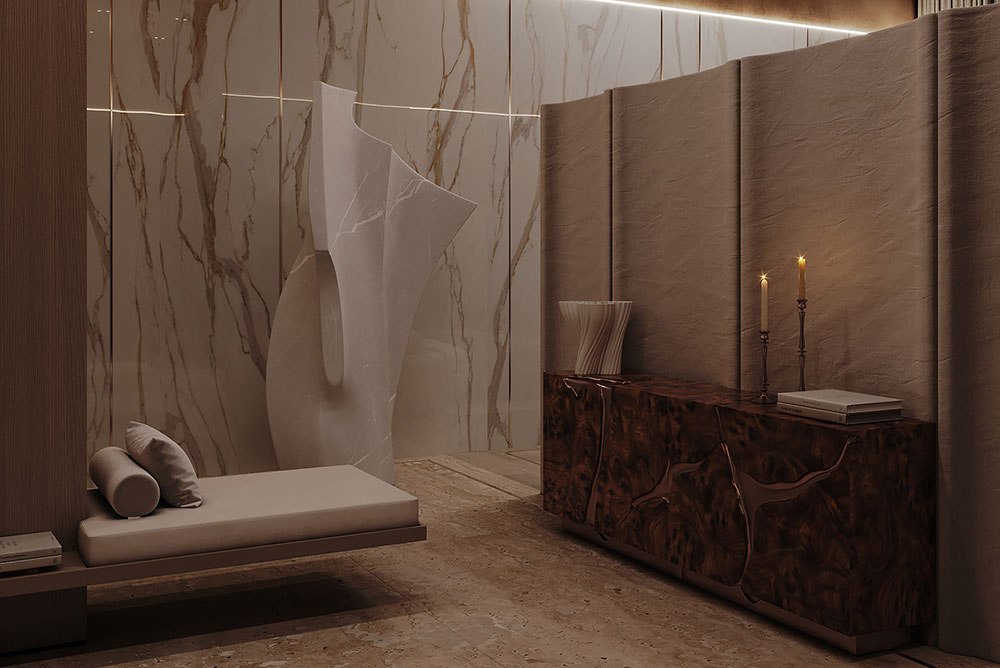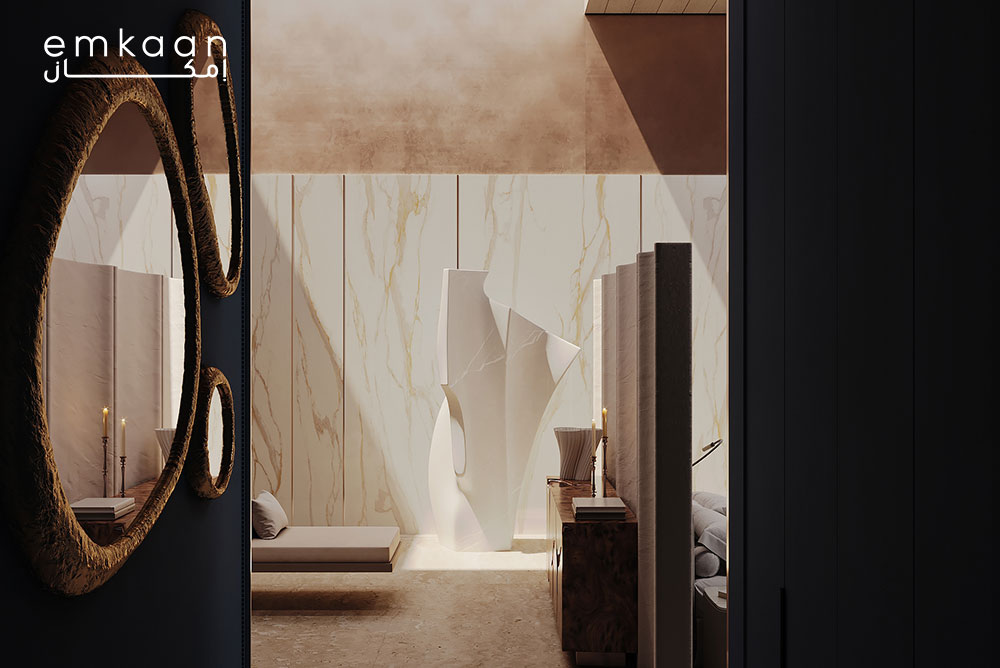The Spiritual Architecture of Space: Designing for Stillness in a Busy World
Spirituality in architecture? You might think it’s connected to religion and wonder how it can be merged into architecture.
In today’s fast-paced life, everyone is in search of stillness and starving for silence and peace. Here, the spirituality in architecture plays an important role in designing the spaces where silence speaks louder than sound and light becomes a refined form of expression.
Having a moment of stillness that disconnects you from the noisy world is an incredible experience that everyone wants to seek, and allows you to reconnect with your inner self; that’s what spirituality in architecture is.
In this blog, we’ll walk you through the details about this architectural concept that how it awaken your soul and bring a quiet sense of harmony to modern living.
Defining Spirituality In Architecture to Get Stillness
Before moving ahead, it’s important to understand where the concept of spiritual architecture came from.
Spiritual architecture is inspired by ancient temples, mosques, and churches, which have stood for decades, but still, after visiting them, you feel that something is uplifting your spirit. From layouts to materials, each element of these ancient religious spaces allows the architects to achieve this serenity in creating modern meditation rooms and mindful homes.
Reason Behind The Popularity of Spiritual Architecture
Unlike traditional options, spiritual architecture offers peace and emotional balance. Its popularity is growing as people want to seek stillness, balance, and calmness in their everyday lives.
Here are some key reasons why people are embracing this architecture:
- Create Quiet Spaces: It provides a calm retreat from the fast-paced and noisy city life.
- Emotional Healing: These spaces are designed for mindfulness, which reduces stress and promotes inner peace.
- Timeless Energy: Spirituality in architecture brings a feeling of continuity, spirituality, and belonging to modern living.
- Awaken The Mind: Increase Gamma activity in the brain, which leads to deep concentration and prevents routine thoughts.
- Allow Self Discovery: Create spaces that can help in developing a strong sense of identity, values by allowing introspection.
How Spiritual Architecture Supports Meditation?
Since ancient times, architecture and spirituality have shared a strong connection, as these spaces hold the power to control the human mind. It is also known as meditation architecture, as it creates an environment that supports mindfulness. But here it’s essential to know which elements make this architecture such powerful that it can control the human mind and emotions.
Here you’ll explore in detail some key elements that are used in this soul-touching architecture:
Incorporate Natural Light
Thought placement of skylights, large windows, and light shafts allows a gentle flow of light to the space and lets every ray touch your soul.
Here’s how light works to add spirituality in architecture:
- Create an intimate, peaceful space for inner inspection
- The tone of light helps to evoke specific emotions
- Movement of light keeps you connected to the space without distraction.
Material Authenticity
Natural materials like wood, stone, and clay play an important role in adding a spiritual story to your space, especially if they are incorporated with their natural form.
Here’s how they help to create spiritual architecture:
- Let you connect with nature by engaging your senses with textures.
- Encourages mindfulness by celebrating simplicity and imperfection.
- Promotes a calm environment that encourages inner peace.

Stillness Through Minimalism
Less express more, is the minimalism principle that is followed by architects in spiritual architecture. The cluttered spaces with excessive materials and decor create high distraction, and the spiritual architecture works against it.
Let’s see what minimalism brings to spiritual space architecture:
- Promotes quality over quantity to reduce mental clutter.
- Encourage the present moment by creating a mindful interaction with space.
- Simplicity of the space reflects mental balance and clarity.
Symbolic Expression
Spirituality in architecture focuses on adding every detail that has its own meaning to the space. Incorporating symbols, whether it is religious, icons, motifs, or other mythological representations, helps to convey the belief and value to the space.
Here’s how symbols impact on human mind in this architecture:
- Create a calm and meaningful space that increases spiritual awareness.
- Help to strengthen the beliefs, ideas, and values of a culture or faith.
- Make the space look more purposeful and meaningful.
Spatial Configuration
Spirituality in architecture focuses on spatial flow by creating soft transitions, open corridors, pathways, and layouts.
Let’s have a look at the impact of spatial flow in architecture:
- Allow people to move smoothly through the space without any distractions
- Strategic alignment of pathways links body and soul to the built environment.
- Create harmony, balance, and a deeper connection with the surroundings.
Let Architecture Meet The Soul
Spiritual architecture reminds us that stillness isn’t found; it is carefully designed into space.
At EMKAAN, we believe that true architecture is beyond aesthetics, form, and function. We aim to design spaces that can speak to your soul by thoughtfully integrating elements that can create a balanced, calm, and peaceful environment.
As a highly skilled architectural firm in Dubai, we feel delighted to create space for you that improves your quality of life. For us, every project is an opportunity to create more than just a structure, as our professional team focuses on bringing your vision to life.
FAQs
What is spirituality in architecture?
Spirituality in architecture refers to designing spaces that promote peace, mindfulness, and emotional connection.
How is stillness connected to spiritual architecture?
Stillness in spiritual architecture comes from minimalism, natural elements, and balanced design that gives the mind rest for a while.
What is meditation space architecture?
Meditation space architecture is a design that promotes mindfulness, inner peace, and spiritual awareness through simplicity and harmony.
What is the psychological impact of spirituality in architecture?
It helps to reduce stress, promote emotional stability, and increase overall well-being by creating peaceful and balanced spaces.
Which places are ideal to design according to spiritual architecture?
Religious spaces, homes, wellness spas, meditation rooms, workplaces, and community centers are ideal for incorporating spiritual architecture.


